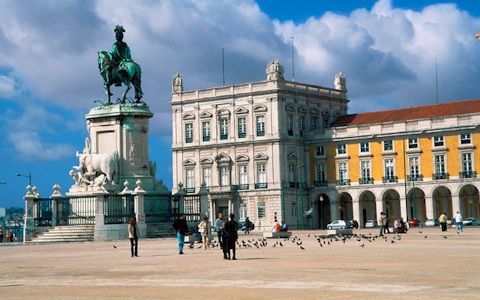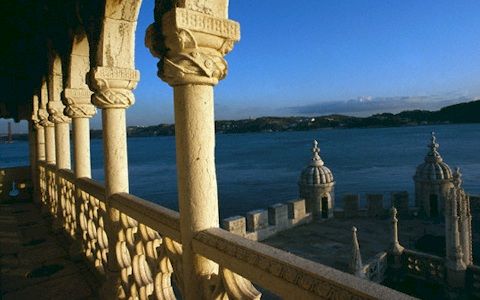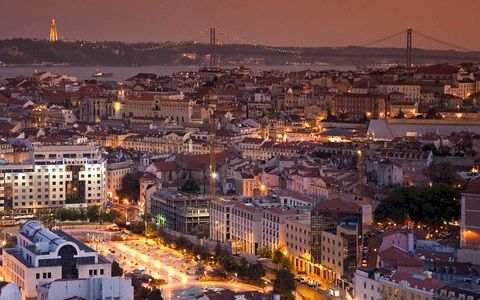|

Legend has
it that Lisboa was founded by Ulysses. The name comes from
“Olissipo”, which has its origins in the Phoenician
words “Allis Ubbo”, meaning “enchanting port”.
Most likely it was founded by the Phoenicians and styled
by the Moores which shows in the strong Arabic influences.
It was, after all, ruled by the Moors for 450 years. In
the 12th century the Christians re conquered the city but
it was not until the mid 13th century that Lisboa became
the country’s capital.
With the beginning of the Portuguese Age of Discoveries,
Lisboa enriched as a spice and jewellery trade centre.

The breakthrough for Portuguese expansion came in 1498
when Vasco da Gama discovered the sea route to India. This
was indeed the beginning of a golden age, characterised by
the Manueline architectural style named after King Manuel
I, with its typical decorative use of maritime motifs.
Over the centuries Lisboa naturally grew and changed. When
the city centre was almost completely destroyed by the
earthquake of 1755, it was rebuilt by Marquise de Pombal ,
who thus created the Baixa Pombalina, a commercial area
that still retains much of its original lay out.
Over
the past few years the city
has prepared itself for the future

Lisboa held an enormously successful international EXPO in
1998 and European Football Championship in 2004. As a
result, a city that was already vibrant and diverse
rapidly acquired a more modern and avant-garde dimension.
As The Observer said, “Lisbon itself change,
phoenix-like, into a more modern and colourful city”.

Lisboa is a historic capital, a potpourri of unusual
character and charm, where 800 years of cultural
influences mingle with modern trends and life styles
creating spectacular contrasts.
Richly
captivating.…
Lisboa Invites
You!
|